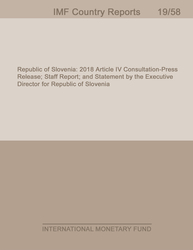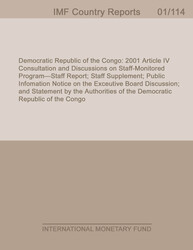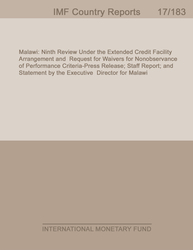
Australia: Addressing Systemic Risk Through Higher Loss Absorbency—Technical Note
ISCR/12/311
Australia's four largest banks can be considered domestically systemic. They make up the lion's share of the banking system, use similar business models, and are interconnected. The top four banks are relatively similar in terms of systemic importance, partly reflecting the authorities' ?four pillar? policy, which aims at preventing the number of large banks from falling below four. To deal with systemic risks, the authorities deploy a multi-pronged approach consisting of risk-based supervision, recovery and resolution planning, and conservative risk weights and definitions of loss absorbent capital. Most countries that have already identified strategies to deal with their systemic institutions incorporate higher loss absorbency for systemic institutions in their approach. Market based methodologies using the expected default frequency for systemic institutions can gauge the amount of additional capital—higher loss absorbency—required to reduce the probability of failure of systemic institutions to an acceptable level. Alternatively, the implied funding cost advantage can indicate the degree of systemic importance and be used to define higher capital requirements to offset this implicit subsidy. Application of these methods to Australian banks provides a range of estimates of higher loss absorbency requirements for systemic institutions and a transparent framework for discussion and selection of these requirements.
Publication date: November 2012
ISBN: 9781475542776
$18.00
Add to Cart by clicking price of the language and format you'd like to purchase
Available Languages and Formats
| English |
Prices in red indicate formats that are not yet available but are forthcoming.
Topics covered in this book
This title contains information about the following subjects.
Click on a subject if you would like to see other titles with the same subjects.
Money and Monetary Policy , International - Economics , Public Policy ,
Also of interest
Summary



